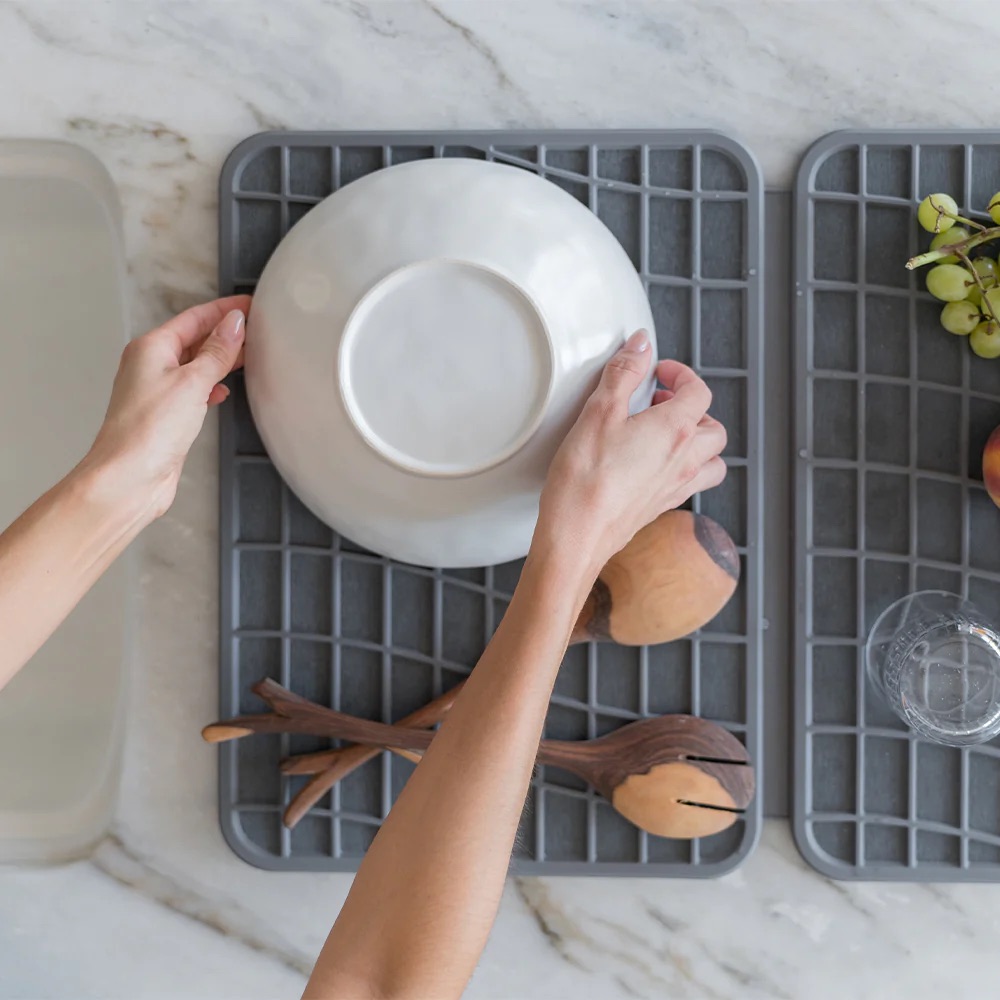Trusted by Startups and Fortune 500’s








































Klugonyx is an Expert in Home Goods.
Klugonyx acts as your home goods product design company and development partner. We help you create home products that look great on the counter, perform well in daily use, and can be manufactured reliably at scale.
Our home goods product design and development services include:
- Concept exploration and home product design for kitchen, bath, cleaning, and organization
- Industrial design focused on functionality, aesthetics, and small-space optimization
- Home goods engineering, DFM, and prototype development
- Guidance on materials, finishes, and safety or regulatory considerations
- Home goods manufacturing and factory sourcing across regions like China, Vietnam, Mexico, and beyond

Home Good Product Development Services

Product Design & Engineering
As a product development company, Klugonyx unites product design and product engineering from day one. We focus on consumer product design backed by practical product engineering services like DFM, CAD, and functional prototypes. By aligning design and engineering early, we cut rework, speed timelines, and make sure your product is truly ready for manufacturing, not just a nice rendering.

Factory Sourcing & Manufacturing
When your design is ready, we take over factory sourcing and supply chain management so you’re not guessing your way through overseas manufacturing. Klugonyx provides factory sourcing services across China, Vietnam, Mexico, and other key regions, connecting you with reliable manufacturing partners. We manage quoting, sampling, quality control, and global sourcing so production runs smoothly and can scale with your brand.


Home Goods Product Design Case Study:
Dorai Home
Partnering with Klugonyx’s designers, engineers, and supply-chain experts, Dorai has grown from its Kickstarter-launched Bath Stone in 2019 to a line of 40-plus home goods SKUs and a valuation exceeding $30 million dollars. Klugonyx continues to support Dorai with home goods product design, engineering, and manufacturing as they expand into new rooms and new product categories.
Read full case study.



Home Good Product Design Examples
These home goods product design and manufacturing examples show how Klugonyx helps brands bring innovative home products to market, from early prototypes to production and packaging. You’ll see kitchen, bath, cleaning, and organization products that reflect our integrated approach to home goods product design, engineering, and manufacturing.






Home Goods Product Design and Development FAQs
Common questions we hear from brands about home goods product design, development, and manufacturing.
Designing and manufacturing a home goods product typically starts with concept development, 3D design, and prototyping. From there, engineering ensures the product is functional, durable, and suitable for home use. Once the design is finalized, manufacturers handle tooling, production, quality control, packaging, and shipping. Many brands work with a home goods product design firm like Klugonyx to manage all stages and ensure the product meets safety and regulatory standards.
Certifications vary by product type. For example, kitchenware may need FDA food-safe approval or similar requirements, furniture might require ASTM or BIFMA standards, and electrical home goods need UL, ETL, or CE certification. Compliance testing ensures products are safe for consumer use and can be sold in different markets and through major retailers. As part of home goods product development, we help you plan which certifications to investigate and coordinate with appropriate testing partners.
The cost to manufacture home goods depends on materials, complexity, and production location. A simple kitchen utensil may cost less than a dollar per unit, while a larger home product or smart home device can cost significantly more. Tooling (such as injection molds), packaging, and compliance testing are additional costs that should be factored in. During the home goods product development process, we help you estimate landed costs and choose manufacturing options that align with your target price point.
Home goods are commonly produced in China, Vietnam, India, and Mexico, depending on the product type and material. Countries like Vietnam and Mexico are gaining traction due to tariff considerations, faster logistics, and nearshoring opportunities. The best choice for your home goods manufacturing strategy often depends on material sourcing, budget, order quantities, and shipping requirements. Klugonyx helps you evaluate options and connect with vetted factories that fit your product and brand.
Yes. Many brands come to us with an early concept, sketch, or prototype and need help refining it for production. We can review your current home goods product design, identify potential issues with functionality, materials, or manufacturability, and then recommend the right level of design, engineering, and testing support. From there, we help you move into home goods manufacturing by sourcing factories, coordinating samples, and setting up quality control.
Strong packaging is a key part of home goods product development, especially if you sell online or through retail. Packaging needs to protect the product in transit, communicate features on the shelf, and match your brand’s look and feel. Klugonyx can support home goods packaging design as part of your project, helping you choose structures, materials, and graphics that work for shipping, unboxing, and retail while staying within your cost targets.
